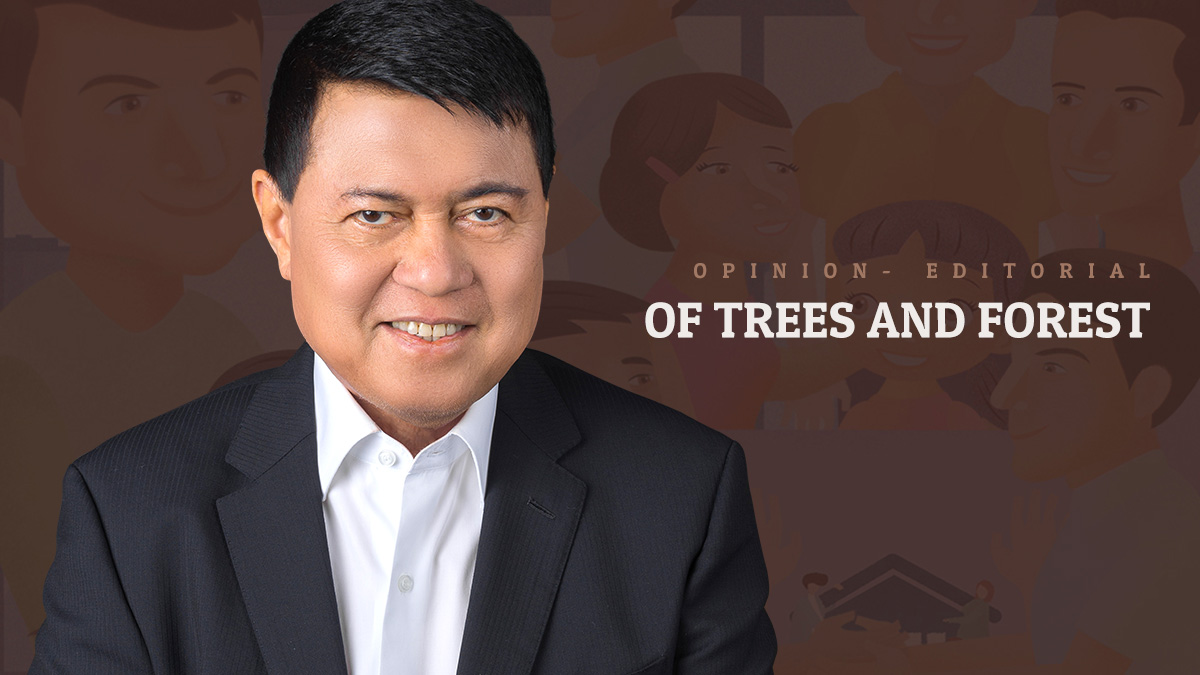
Distancing
Part of the recommended basic protective measures to contain the spread of the COVID-19 virus is social distancing which the World Health Organization (WHO) defined as maintaining “at least 1 meter (3 feet) distance between yourself and anyone who is coughing or sneezing.” This is one of the reasons public transportation has been suspended. Since our trains and buses are almost always filled to capacity, social distancing is impossible and the chances of the disease spreading are magnified.
A number of experts, however, have noted that the term “social” distancing is misleading and might have a different, negative connotation. The World Health Organization has officially advocated a shift in language. I completely agree.
We do not need people shutting off others in order to avoid the virus. We just need them to avoid close physical contact. If you are standing in line in the supermarket or a drugstore you should observe the one-meter distance rule so that you would be protected in case someone coughs or sneezes. But distancing should not prevent you from exchanging pleasantries with the people around you. It should not prevent you from helping someone who may need assistance. In other words, putting some physical distance between you and other people should not mean isolating yourself from the community.
The measure about creating a distance is not about breaking the bonds of the community but rather keeping a physical distance to stem the transmission of the deadly virus. On the contrary, it is during times like this when we need to strengthen social values of caring for each other and maintaining our social connections.
It is very convenient to be selfish, to look after oneself or one’s family but these dangerous times demand that we show compassion and love to our neighbors or even to people we do not know but need our help. This virus requires us to be one meter apart but defeating it demands that we stay united.
And you see this in full display in the courageous work being done by the frontliners in our fight against this pandemic. Doctors, nurses, and other health professionals caring for the sick. Workers providing food, PPEs, and other necessities. Drivers, delivery persons, and others who ensure mobility of essential goods and workers. Police and military personnel who maintain order. And many others who, while observing physical distance, do not ignore the needs of others.
There is another kind of distancing that is necessary — social media distancing. Ironically, the same platform that has caused many frictions and divisions in the past has become very essential in keeping us informed and sane in this time of community quarantine.
Social media has become a source of information, entertainment, and has become an important vehicle to stay in touch with loved ones. After hours and hours of watching Netflix, it is nice to take a break and talk to our loved ones and friends. But sadly, social media has also been used for outright disinformation. Unscrupulous people peddling and sharing wrong information that causes panic or worse (God forbid) death.
People should therefore also observe social media distancing. Stay away from lies, rumors, and unverified reports. Stay away from toxic squabbles that raise anxiety and tension rather than raising our intelligence. Confirm stories or reports by looking at reputable sources of news first before sharing a post. Stay away from alarmist and baseless information. Just focus on staying connected and being well-informed.
We will defeat this menace. We will beat this virus. I have no doubt about that. But let us also think about what kind of society we will have after this crisis. Will it be a society that has won its battle against COVID-19 but has lost its sense of community? Or will it be a society whose sense of solidarity has been strengthened by a common purpose? The answer to these questions lies in what we do today.
Source:





